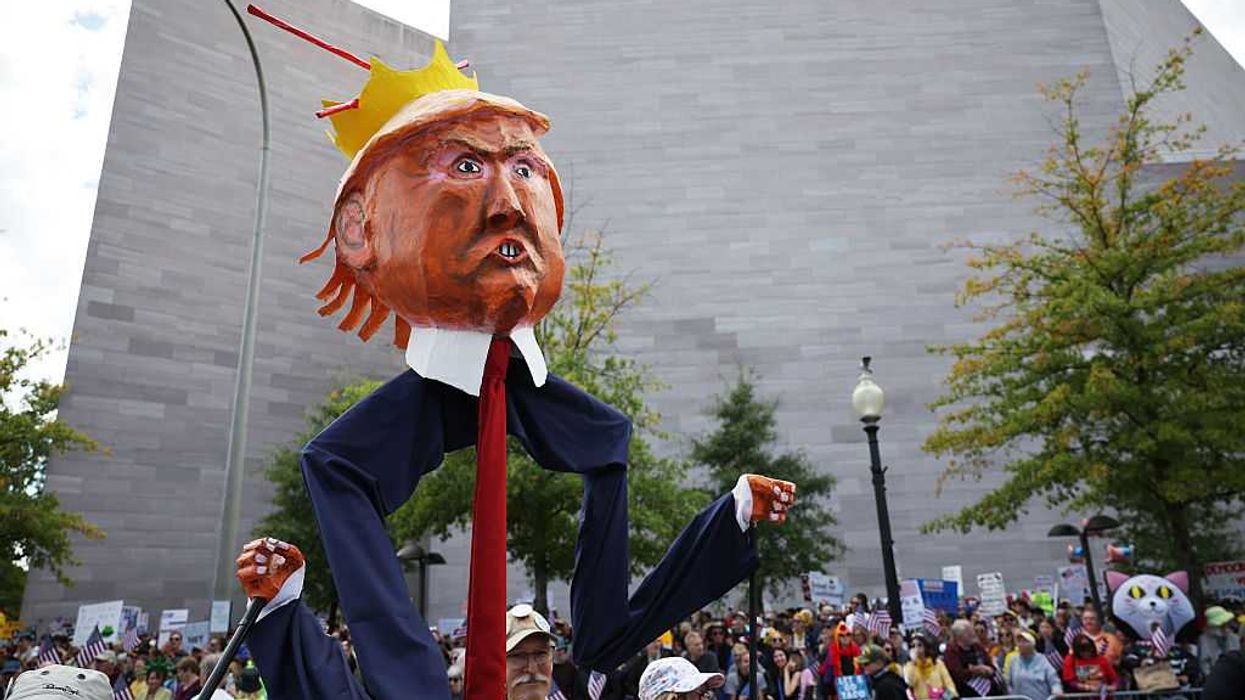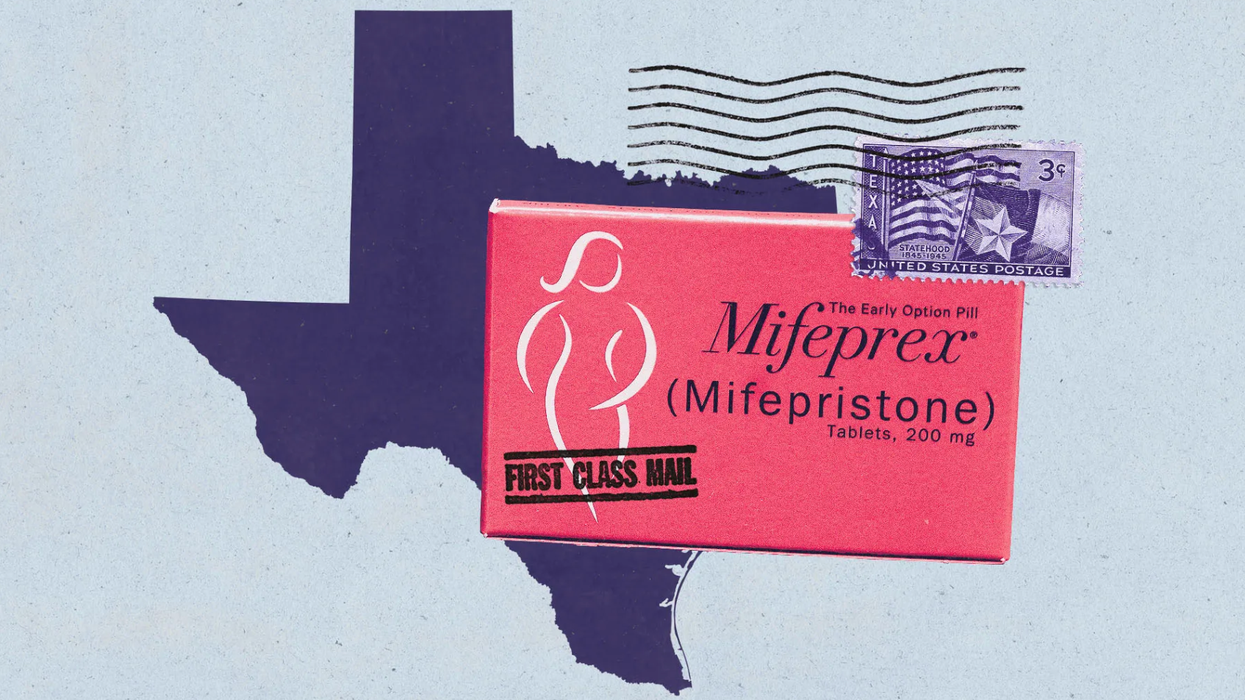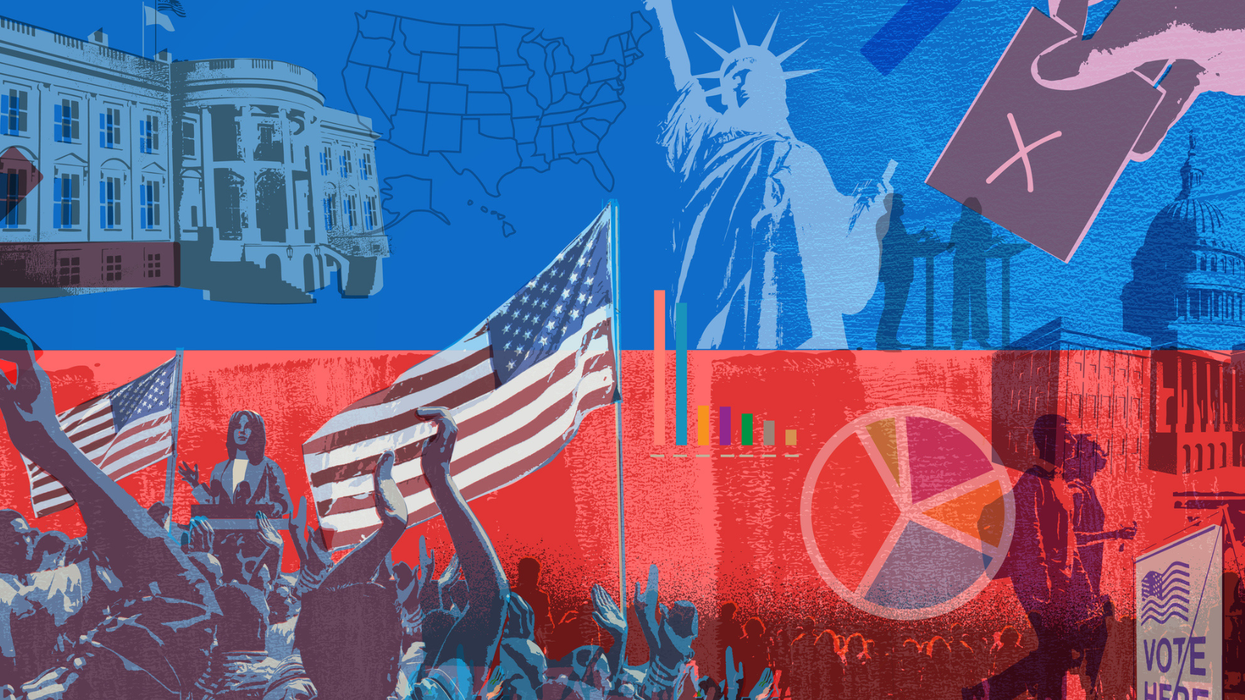Adulting is hard. Voting shouldn't be. Commit to vote with friends, compete, earn rewards, save democracy. A lot of messaging to voters focuses on motivation — trying to convince people why it's important to vote.
But studies actually show that planning outweighs strong motivation.
Take an example from health care: In a study of people with the goal of getting healthier, one group who read motivational material about exercise — but did not plan when and where they would do it — showed no increase in exercise frequency. On the other hand, 91 percent of participants who planned their intentions (by writing down when and where they would do it each week) ended up following through.
Why can plans make such a difference? As humans, we believe in the best version of our future self. We hope we’ll “just remember” to do something, leaving it to chance. But, too often, that idealized self bumps up against a reality where we get busy and distracted.
Plan-making encourages us to think through potential obstacles and develop strategies for overcoming them.
How can we apply plan-making to voting?
Encourage voters to think through the details of how they'll vote — the more nuanced, the better.
A foundational study shows that when voters got phone calls that walked them through plan-making prompts, like when they will vote and where they will be coming from before that, increased turnout by 4.1 percent.
Prompt voters to think through their voting method (absentee, early, Election Day?), when they are planning to go, what they need to bring, whether they need to request time off from work or find child care, etc. Bonus points for adding it to their calendar!


















